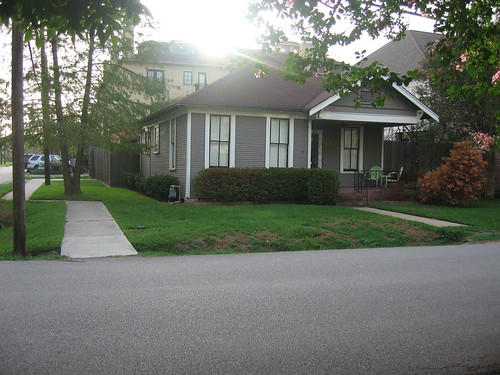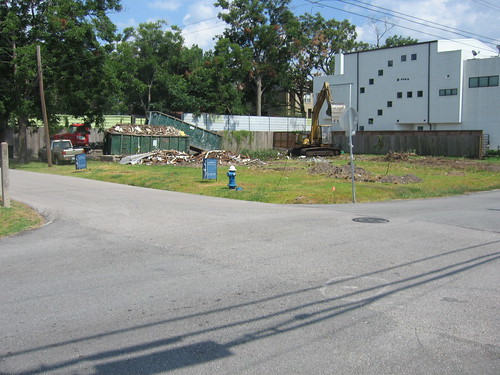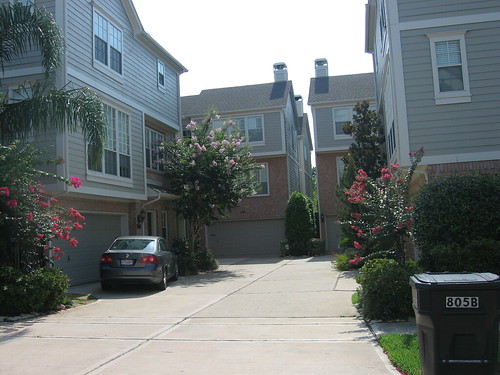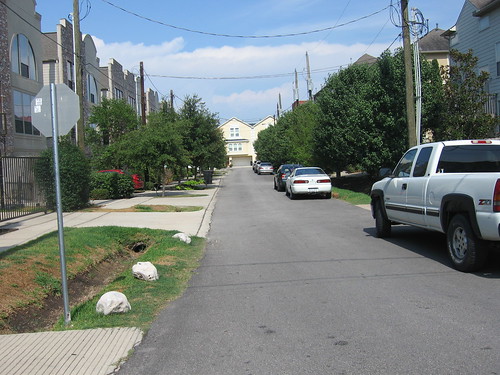The Value of Walkable Neighborhoods
As a real estate agent I often hear people say they’d live in the city but they get more house for the money in the exurbs. True enough, if you count number of rooms (or garage spaces), square footage and so on you do get more on the edge. They have to offer something to get people out there. The more is more driving.
With home prices bottoming out in many areas nationally, people are looking for any way to get more for their homes. For some, there is a ray of hope….walkability. A new study says that if you want more dough for your house (tell us if anyone says no) it helps to be in a walkable neighborhood.
That’s the conclusion of the analysis from CEOs for Cities that reveals that homes in more walkable neighborhoods are worth more than similar homes in less-walkable neighborhoods.
The report, “Walking the Walk: How Walkability Raises Housing Values in U.S. Cities†by Joseph Cortright, analyzed data from 94,000 real estate transactions in 15 major markets provided by ZipRealty and found that in 13 of the 15 markets, higher levels of walkability, as measured by Walk Score, were directly linked to higher home values.
Key findings include:
- In 13 out of 15 metro areas studied, higher levels of walkability were directly linked to higher home values.
- In the typical metropolitan area, a one point increase in Walk Score was associated with an increase in value ranging from $700 to $3,000. Gains were larger in denser, urban areas and smaller in less dense markets.
- In the typical areas studied, the premium commanded for neighborhoods with above-average Walk Scores ranged from about $4,000 to $34,000.
To many of us this is common sense. I’m willing to pay more or at least make trade offs to be in an environment where walking is an option. Walkable inner-ring suburbs have the same relationship as the core, less house but more walkability. You could not pay me enough money to live in the fanciest McMansion in a drivable (non-walkable) area.
Schools, ah yes, schools. Many correctly point out that older districts suck when it comes to test scores. Well, the sucking sound is caused by caring parents who should be contributing money & their time to established districts rather than continually creating new edge school districts. There is value in your child having classmates from different economic classes. The ability of your chilld to learn to walk to the store, alone, to get a loaf of bread cannot be traded for a media room.
I’m not suggesting everyone needs to live downtown. Single family detached with a yard and everything between that and my loft is fine. But understand that walkability adds value to homes. By buying a home in a drivable area you are saying you don’t value walkability. At least not enough to pay for it.
– Steve Patterson










